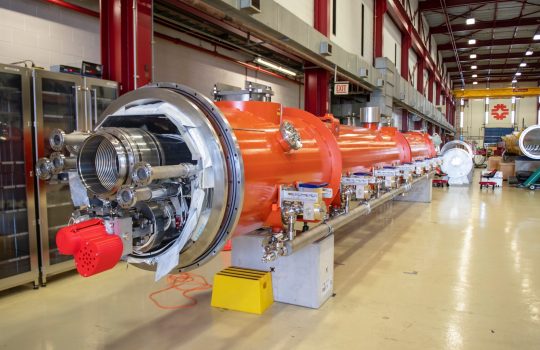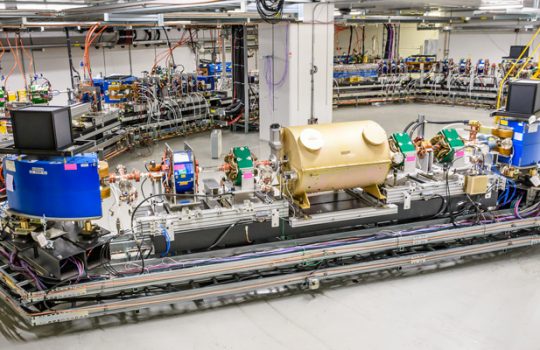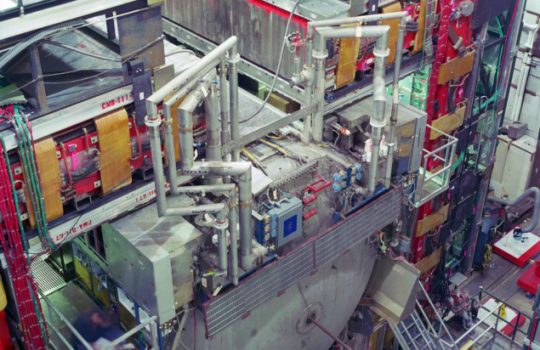Chicagoland Research Institutions Aim to Transform the Water Industry
From Business Wire, March 22, 2021: On World Water Day 2021, the University of Chicago, Argonne National Laboratory, and Fermi National Accelerator Laboratory highlight Chicago and the greater Midwest as a hub for water innovation.




